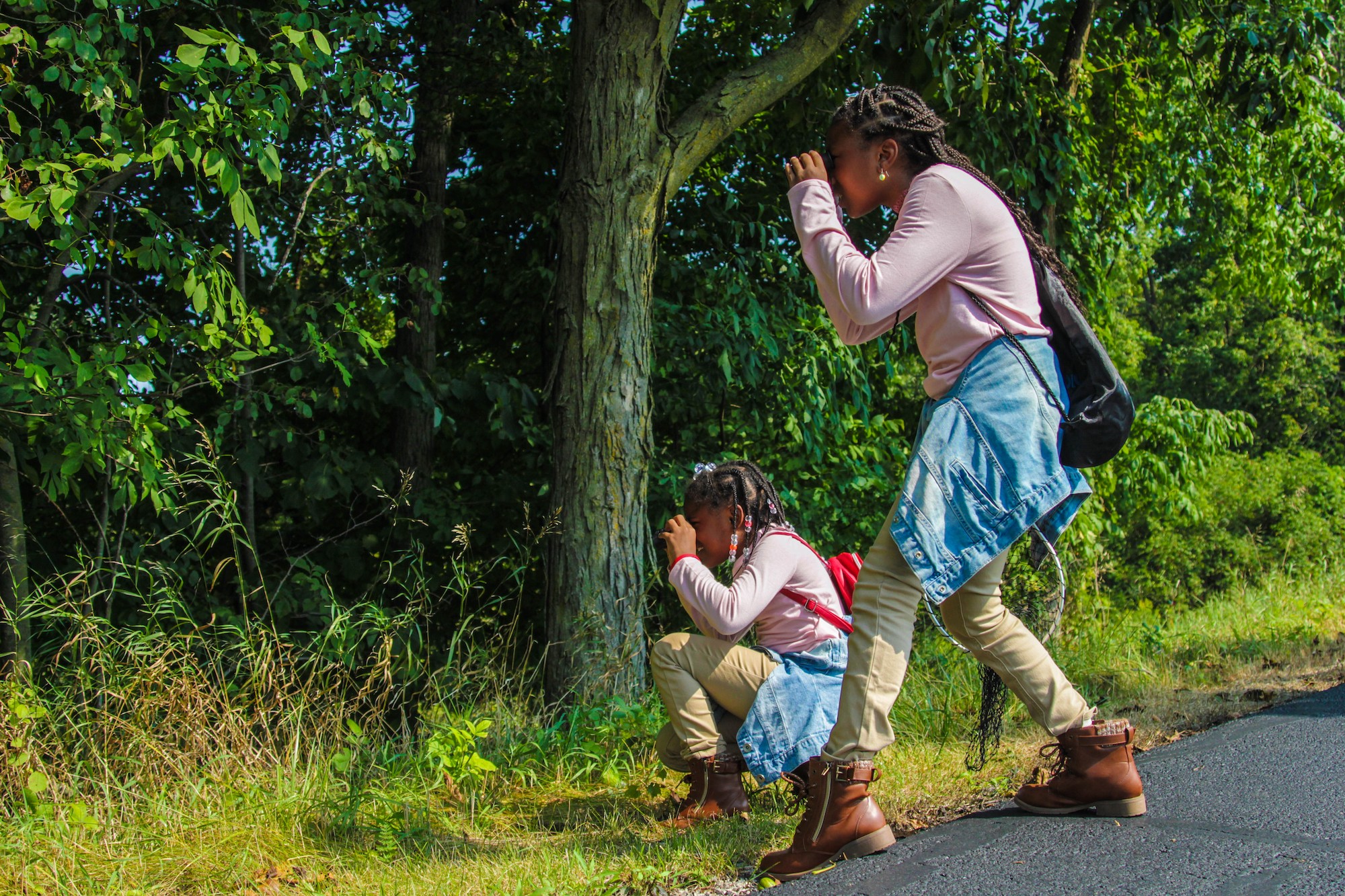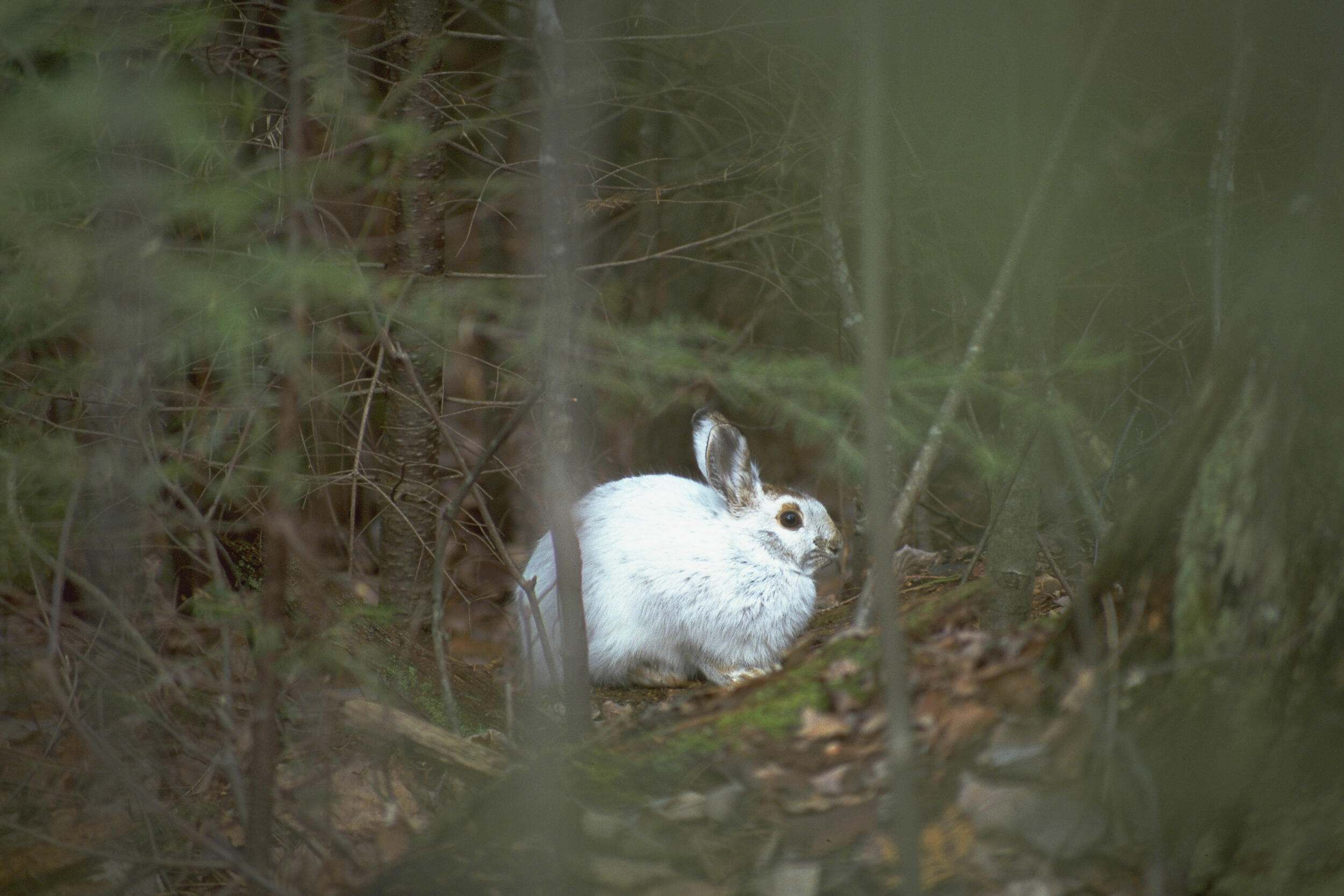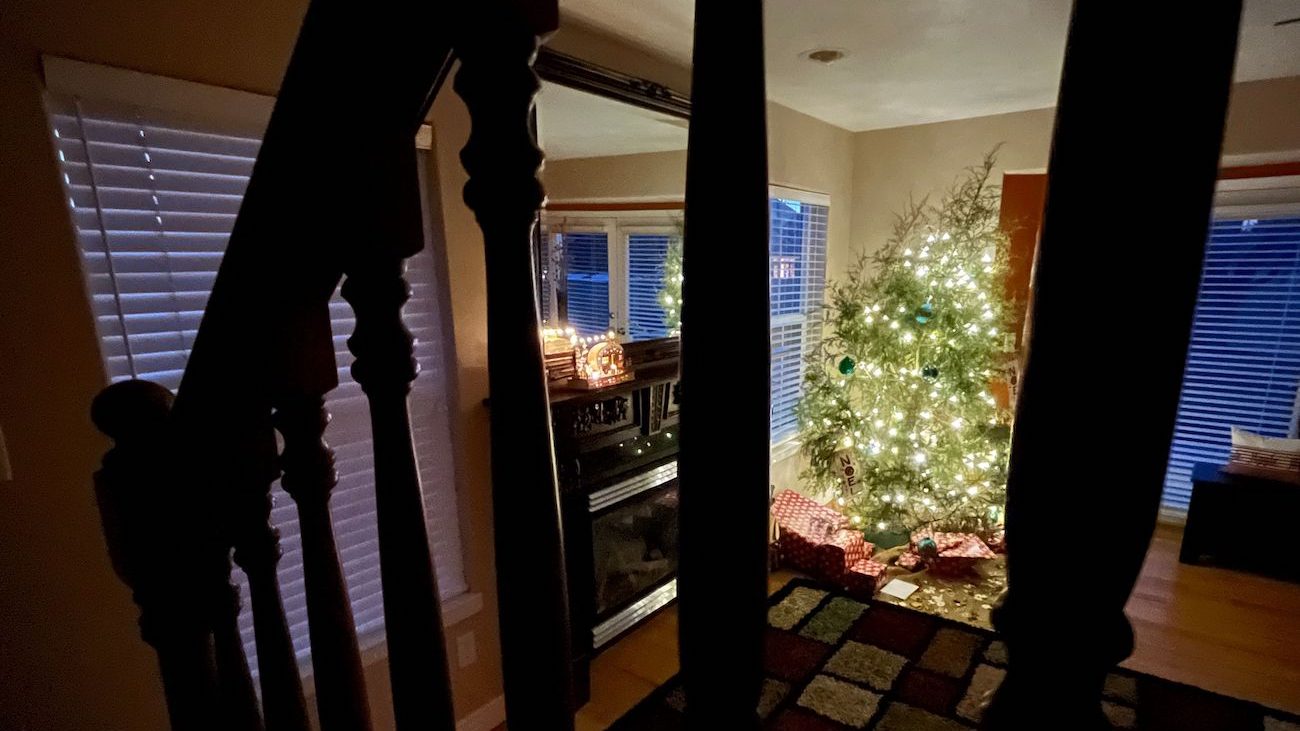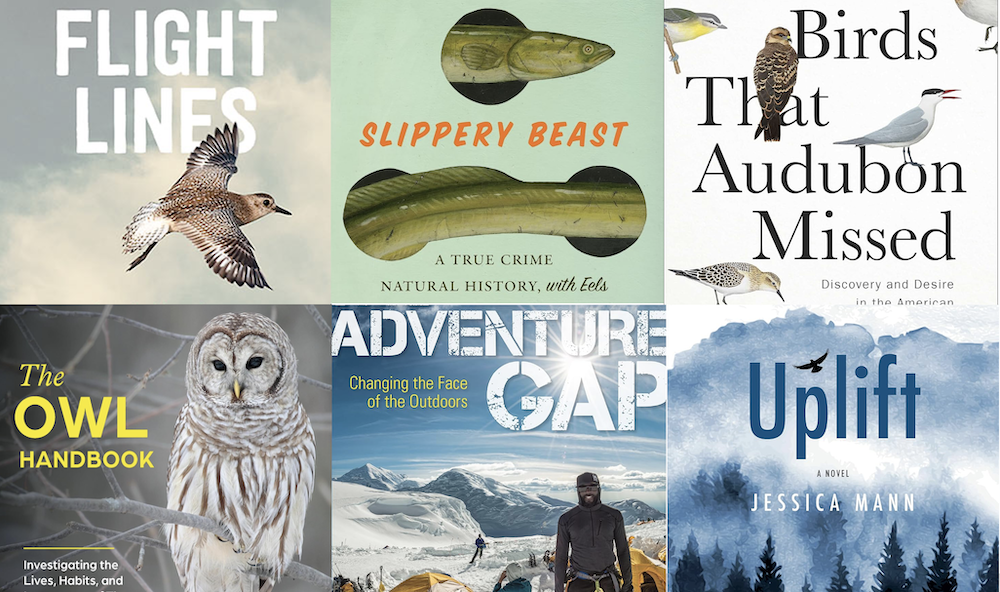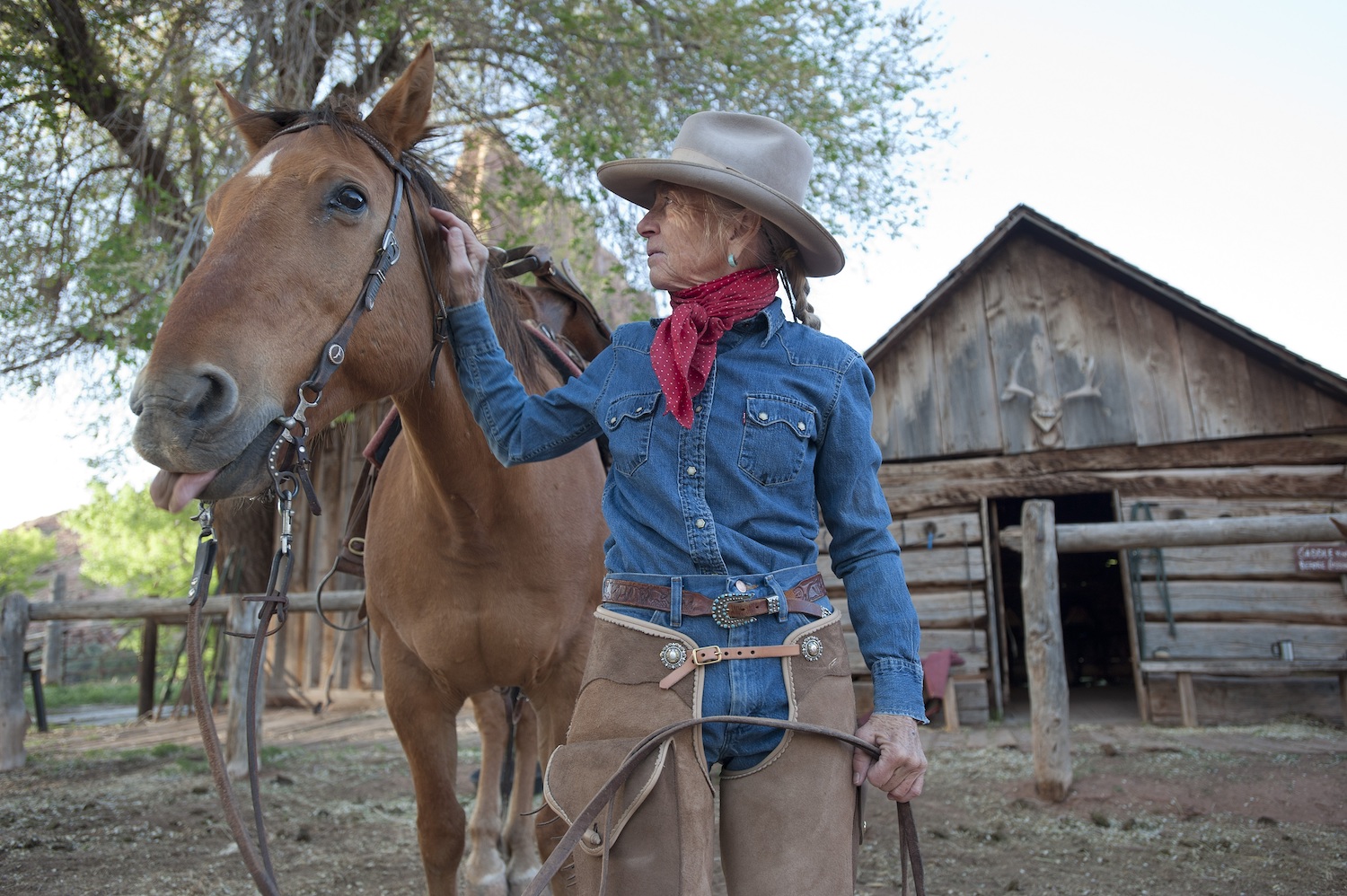Get a Field Guide (Or 20)
Bioblitzes are all about identifying and cataloging biodiversity. And to do that, you’re going to need a field guide. Or 20. Here at Cool Green Science, we love our field guides. Perhaps a little too much. For us, identifying plants, animals and natural phenomena is a big part of our outdoor enjoyment, and the field guides we use to do so are an essential component of our day pack and library. And even when we’re not outdoors, perusing their pages provides many hours of enjoyment .
Donate Now to Protect Nature
Help protect threatened lands and waters around the globe.
If you’re just new to field guides, we recommend starting with a good bird guide. Birds are visible, abundant, and an easier entry point to the world of wildlife identification than, say, microbats. In the United States, the Sibley Guide to Birds is the gold standard. (Sorry, Peterson fans.)
From there, follow whatever interests you most. A quick online search will turn up guides on all of your basic taxonomic groups — mammals, amphibians, reptiles, fish — or even mixed-taxa guides for your particular area. If you already have the basic guides on your bookshelf, check out our recommendations below for more advanced guides on bird behavior, bird nests, warblers, squirrels, and dragonflies, weather, pond life, bovids, bees… and so much more.
Get On the Apps Recording what you see is a key part of any bioblitz. And the best way to do this is with iNaturalist . While you’re in the field (aka the back garden) use whatever tools you’re most comfortable with. All of us at CGS prefer an old-school notebook and pen, but if you want to record things on your phone, that’s okay, too.
Once you’re ready for a break, download the iNaturalist app to record the species you’ve seen. It’s the app-of-choice for most formal bioblitzes, because it lets you record all taxa (plants, birds, mammals, amphibians, reptiles, and mammals galore) in one place. It’s also a social network, so you can collaborate with others on the app to help ID tricky species. The app isn’t limited to geography, so you can use it if you find yourselves overseas, and works without wifi or cell coverage.
It can take a little bit of patience to get up to speed on how to make the most of it, but iNaturalist richly rewards the time invested in learning how to use it. Plus, your data will help contribute to science and conservation.
We should also note that many of the field guides we mentioned earlier have app-based versions, which are often more affordable than their hard-copy equivalents. (And easier to lug around, too.)
Get Outside and Go Birding
Armed with your field guides and iNaturalist, it’s time to get outside. It can be easy to get overwhelmed if you’re trying to identify everything, even in a space as limited as your own backyard. Start with one group, like birds, and go from there
We have tips on how to make the most of birding in your backyard , and how to keep a yard list of all the birds you see there over the seasons. And if you get stuck on a particularly tricky ID, or hear an unfamiliar sound, check out the Merlin app by the Cornell Lab of Ornithology . It’s like shazam, but for birds.
If you’re looking for a real challenge, try upping your avian auditory ID skills by birding by ear. There’s only one rule: no binoculars allowed .
Stop, Mammal Time.
Is mammal watching the next birding? Matt Miller thinks so. Aside from some highly recognizable species, most mammals are elusive, nocturnal and difficult to spot. And so keeping life lists of mammals has never caught on quite like birding. But mammal watching is coming into its own thanks to new field guides like the Peterson Field Guide to Finding Mammals in North America , and these great two field guides from Australia and the southwest Pacific.
If you’re mammal-curious, Miller has suggestions to get you started. Mammal watching won’t ever replace birding, of course, but it will introduce you to a whole new way of searching, of making discoveries, of experiencing the outdoors. And you never know what might turn up; Miller once found a rare northern pocket gopher just around the corner from his home.
Go Herping
Birds and mammals not really your thing? That’s fine. Go herping instead. Named after the discipline of herpetology, herping means seeking out reptiles and amphibians. This type of wildlife watching is a bit more of a scavenger hunt than others, requiring a sharp eye and a willingness to peek inside logs, under boulders, and anywhere else a herp might lurk.
CGS contributor Kris Millgate breaks down the difference between herps and herpers , and herpetologists, and gives beginnings some basic tips on how to seek out lizards and the like. She also covers herping ethics, which is a must-read before you head out to herp.
Don’t Forget the Other Winged Things
Birds aren’t the only winged wildlife in your backyard. Depending on the season, you can find butterflies and moths aplenty, if you know where to look. CGS writer Ken Keffer’s beginner guides to butterfly watching and finding cool moths has great advice for the lepidoptery curious.
Keffer writes: Butterflies are easy to appreciate. They come in all shades of vibrant sorbet colors and are active and conspicuous during the daytime. No special equipment is required to observe them. Plus, children seem especially captivated by butterflies, so it’s a nature hobby the whole family can enjoy.
Get Out After Dark Many backyard species are only active at night. So if you want to give your bioblitz an extra boost, head out after dark and listen. If you sit quietly, it won’t be long before you hear a scream. Or perhaps a screech. Or a guttural moan. Or a wail from beyond the garden wall. Was it an owl? Or a raccoon? Or perhaps some other unknown animal?
Our guide to weird noises in the night will help you narrow down what critter might be making that strange sound. If you’re lucky, you might catch a glimpse of these nocturnal species. (Although we recommend letting your neighbors know you might be tramping about with a flashlight after dark.)
” data-medium-file=”https://blog.nature.org/wp-content/uploads/2024/08/4252913158_a1a6ccaf55_k-1-edited.jpg?w=300″ data-large-file=”https://blog.nature.org/wp-content/uploads/2024/08/4252913158_a1a6ccaf55_k-1-edited.jpg?w=630″ tabindex=”0″ role=”button” src=”https://blog.nature.org/wp-content/uploads/2024/08/4252913158_a1a6ccaf55_k-1-edited.jpg” alt >What made that sound in the night? © mountainamoeba / Flickr
Put Up a Camera Trap Camera trapping has become a great way to connect with species that aren’t easily seen. Setting out trail cams everywhere from wild places to suburban backyards is growing into a mainstream nature hobby. Some just want to see what critters are up to while we’re not looking, while others approach it with an artistic discipline.
If you have the resources, adding a camera trap to your bioblitz could turn up some surprising species. (Or maybe just cute snaps of the neighbor’s dog.) CGS writer Matt Miller has a guide to camera trapping , including interviews with experts on how to make the most of your backyard camera trap.
If You Can’t Get Outside, Get Online
We know a backyard bioblitz might not work for everyone. Even if you can’t get outside, you can still connect with nature at home. Try starting a nature journal, which can help you slow down and improve your observational skills. (And trust us, you don’t have to be an artist.) CGS writer Cara Cannon Byington has great tips to get you started .
Biodiversity 101
What you need to know about the variety of life on Earth and how to protect it
Stationary and sketching not your thing? Try touring US National Parks, virtually . Several US national parks now offer virtual tours, including popular ones like Yellowstone as well as off-the-beaten path parks like Dry Tortugas. Google Arts and Culture also offers park tours from your device. And the National Parks Service also offers webcams, videos, live virtual events, and activities for kids .
One of our favorites is the nature sounds library, which offers hundreds of sounds of wildlife and natural phenomena. You can listen to bats, alligators, coyotes, wolves, lightning, humpback whales, streams, oceans, an avalanche, many birds (sandhill cranes are another favorite), a mama bear with her cubs , and even a snippet of the haunting singing sands at Great Sand Dunes National Park. Head over to this post to learn about more ways you can connect with national parks.
Our final (and perhaps our favorite) way to connect with nature from the comfort of our couch is to explore the Zooniverse . This platform offers numerous citizen science efforts that need your help identifying species on camera traps. Click on corals in the Gulf of Mexico, pick out potoroo in Western Australia, or ID eastern indigo snakes on a TNC preserve in Florida. The options are endless.

